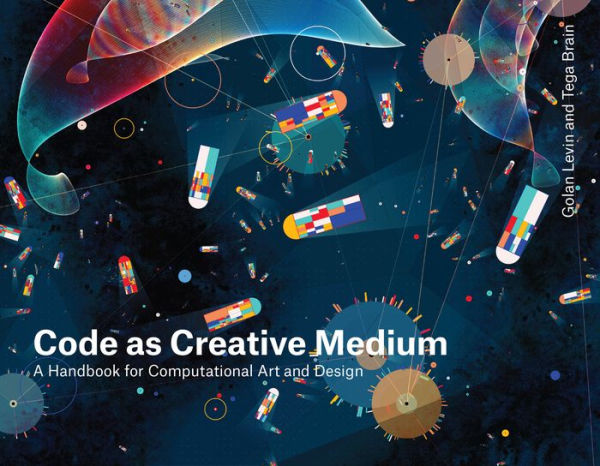5
1

Code as Creative Medium: A Handbook for Computational Art and Design
280
Code as Creative Medium: A Handbook for Computational Art and Design
280Related collections and offers
25.99
In Stock

Product Details
| ISBN-13: | 9780262362030 |
|---|---|
| Publisher: | MIT Press |
| Publication date: | 02/02/2021 |
| Sold by: | Penguin Random House Publisher Services |
| Format: | eBook |
| Pages: | 280 |
| File size: | 57 MB |
| Note: | This product may take a few minutes to download. |
About the Author
What People are Saying About This
From the B&N Reads Blog
